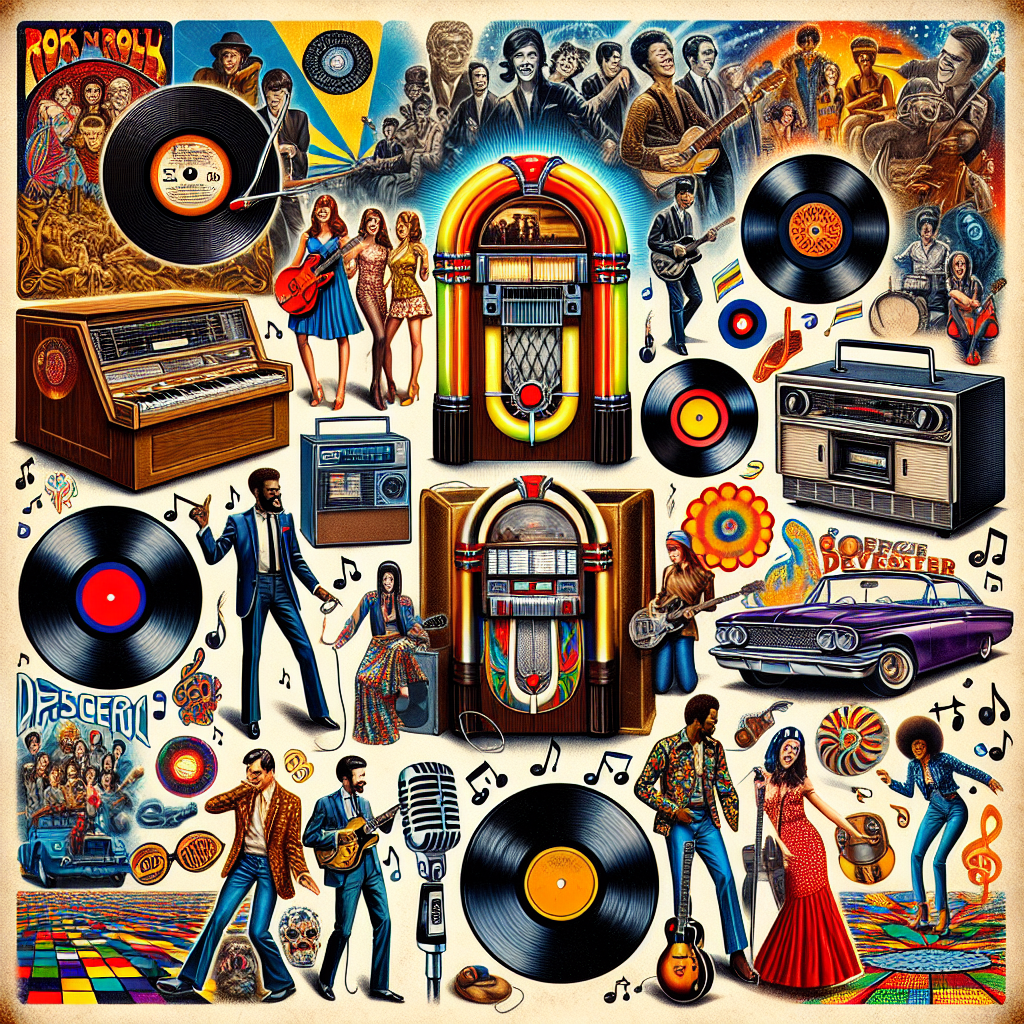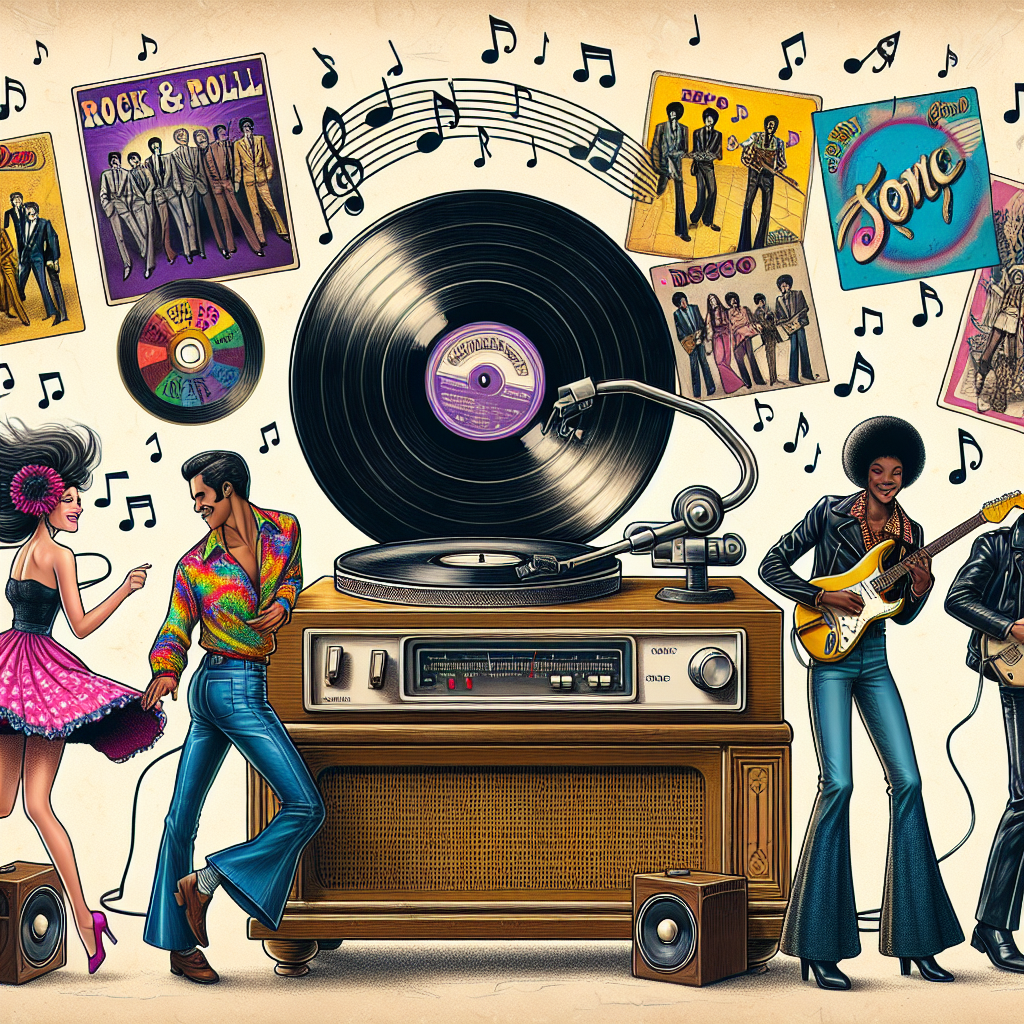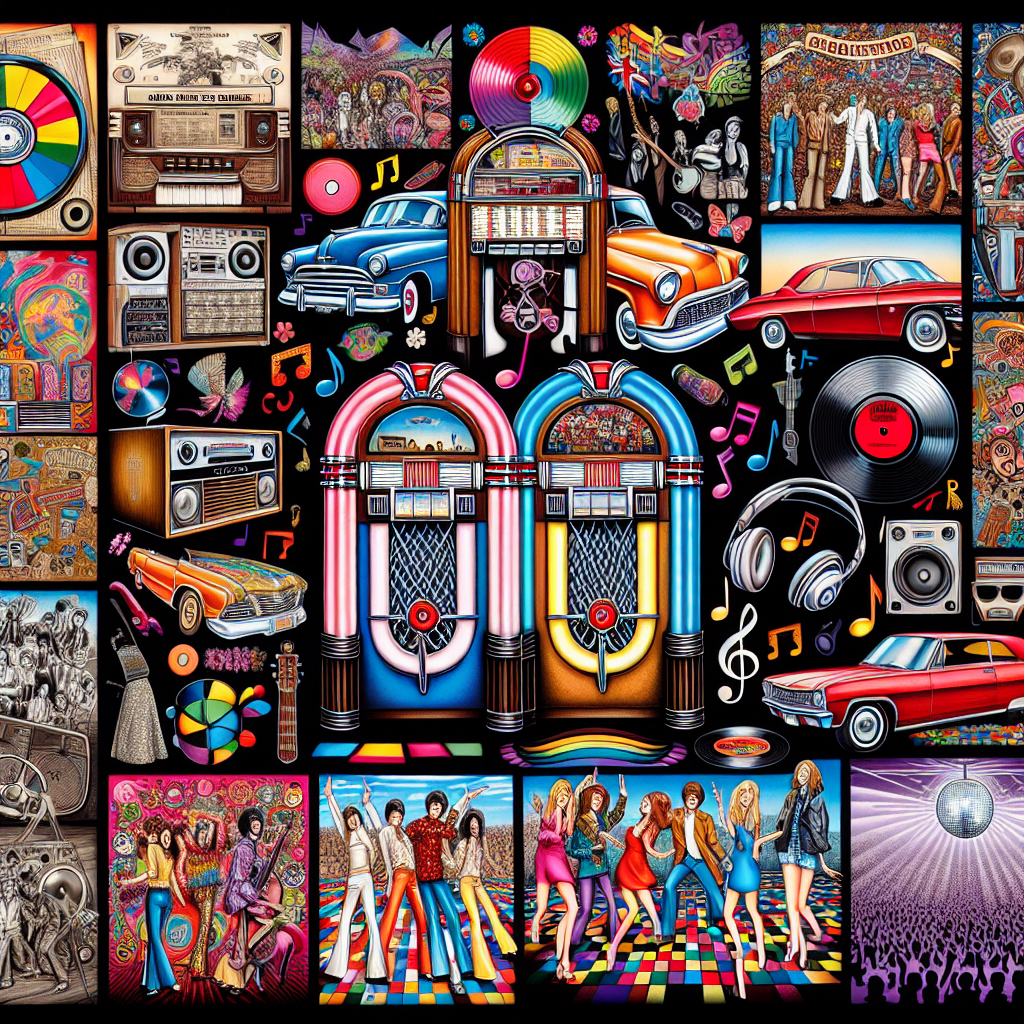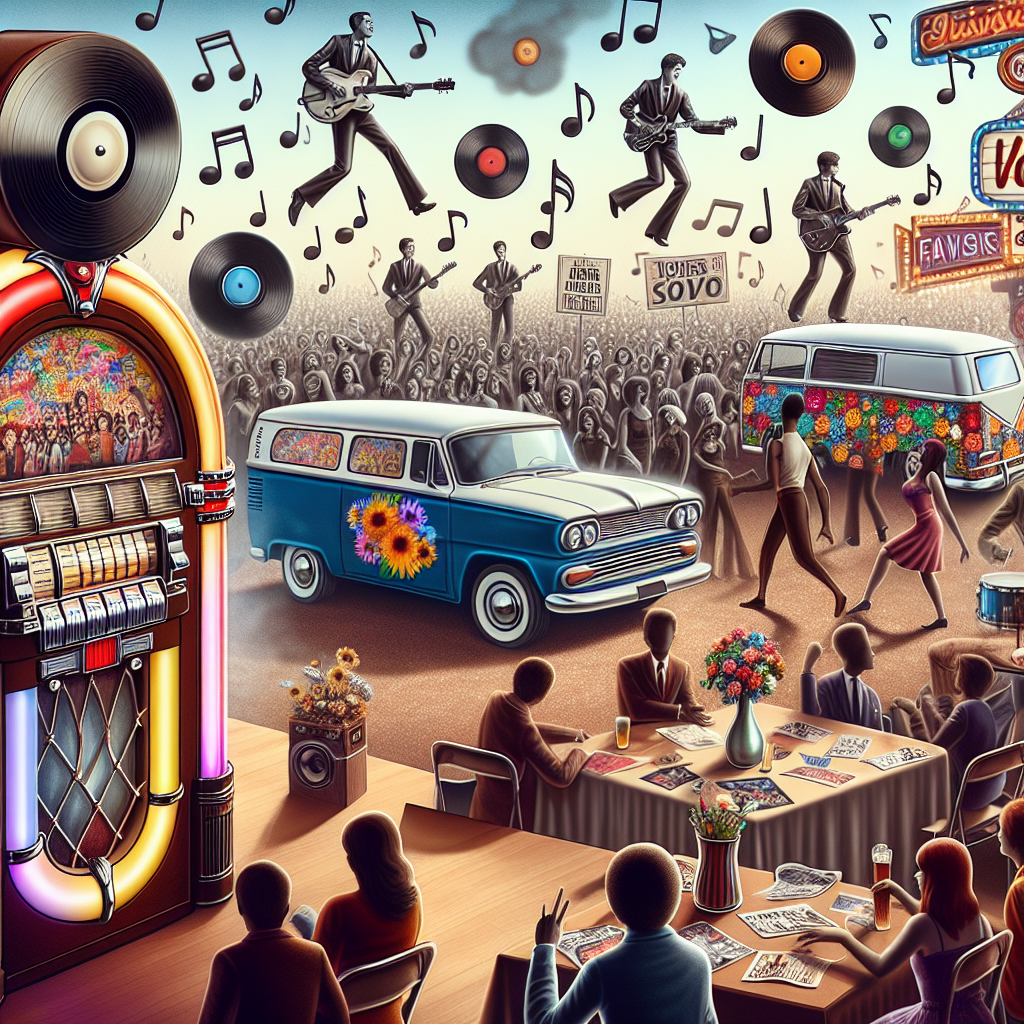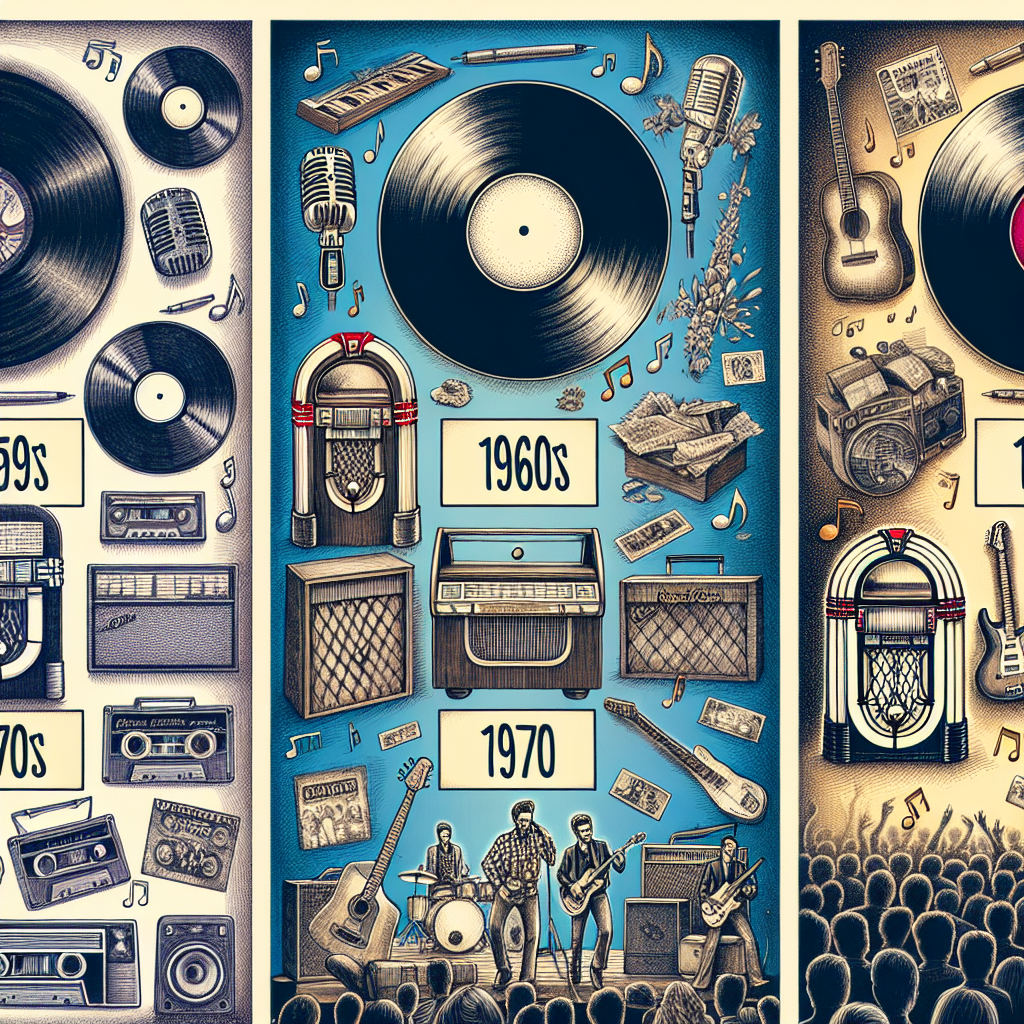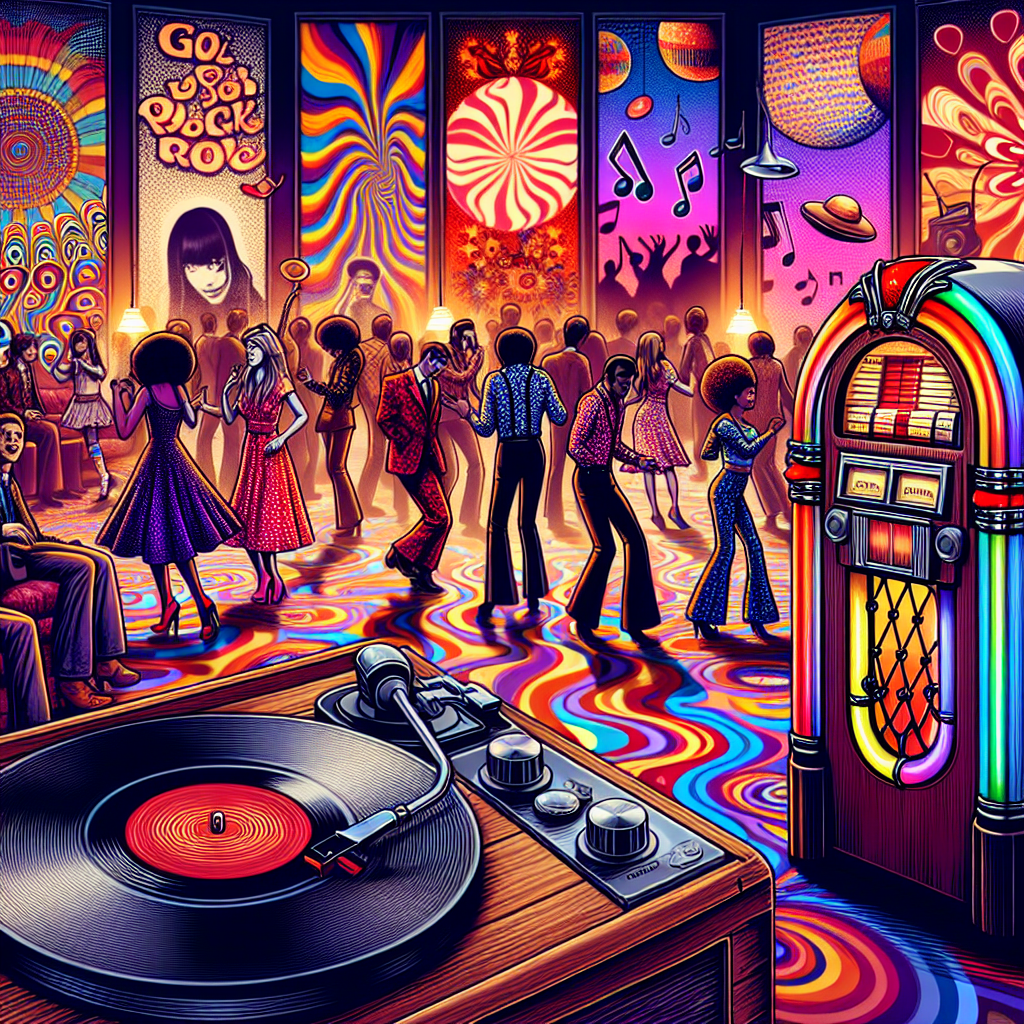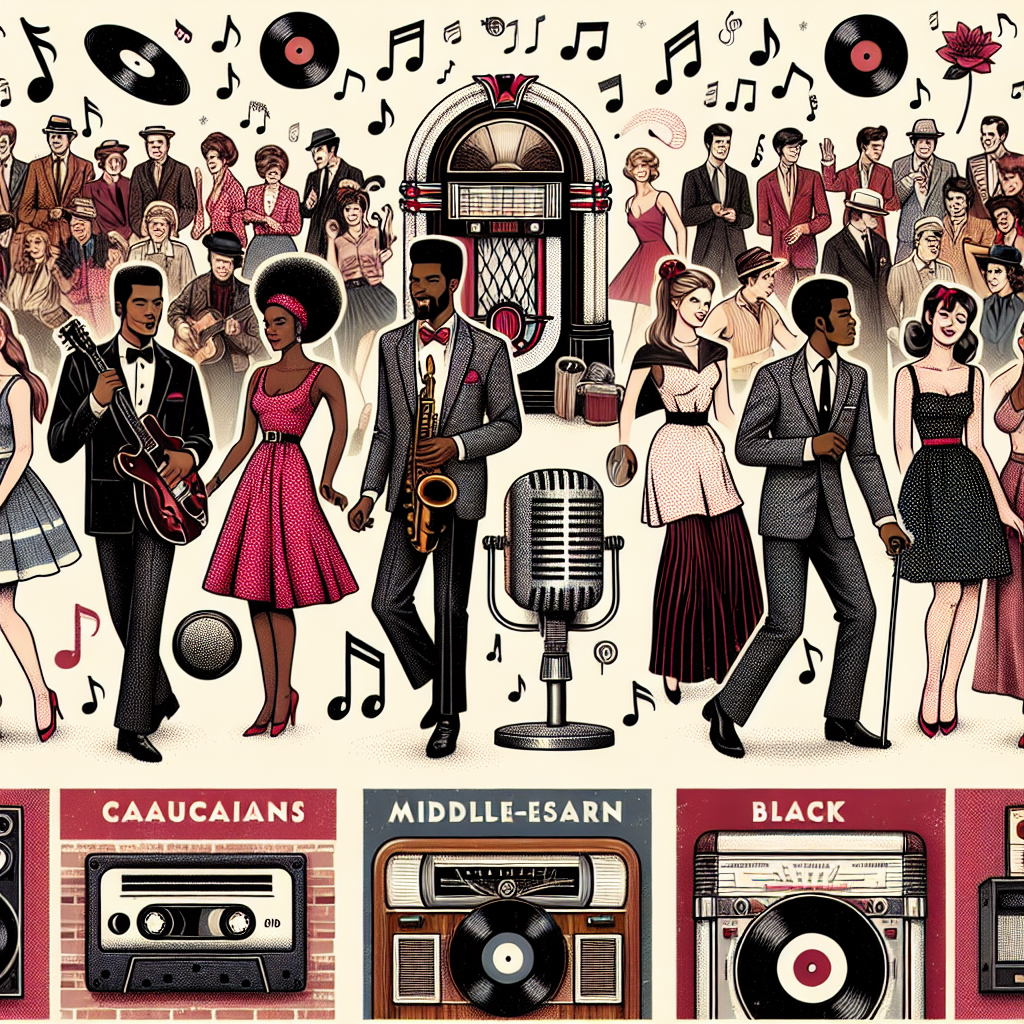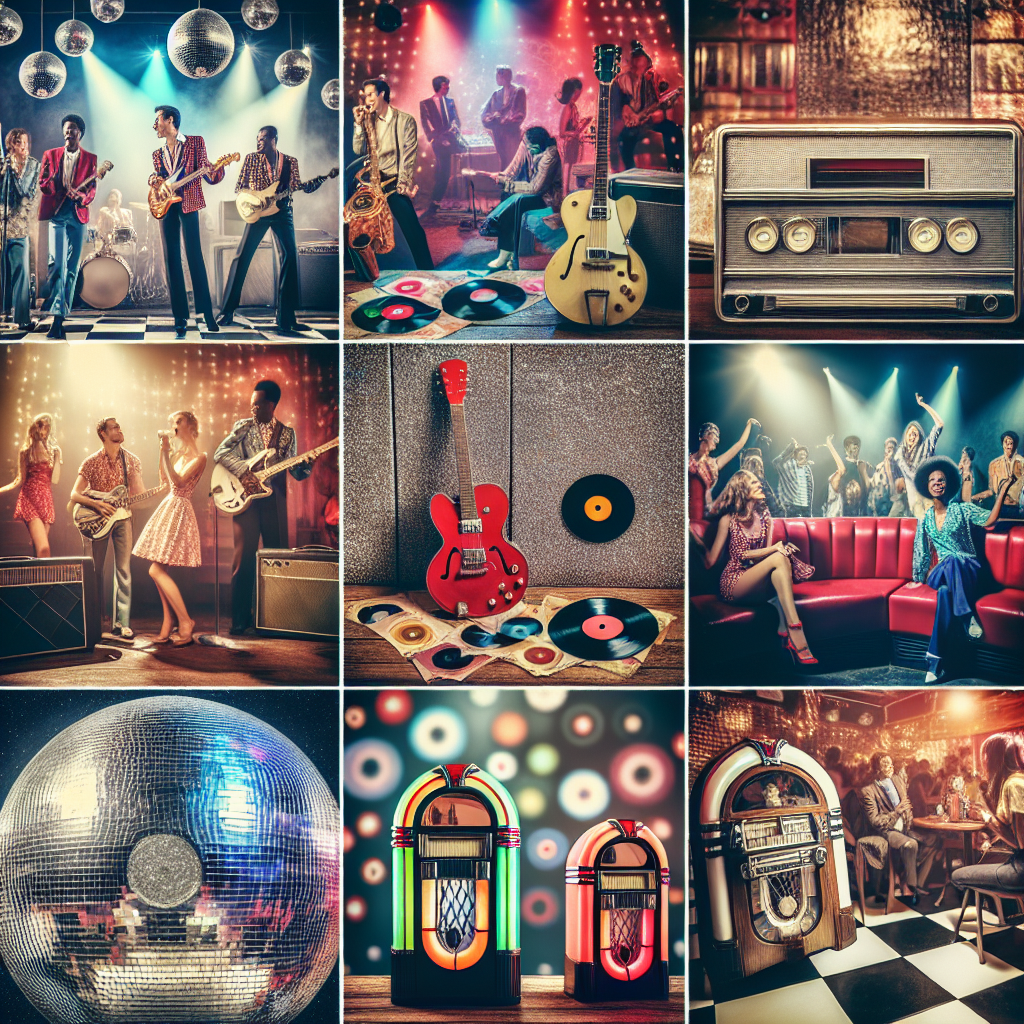The 1960s was a decade of immense cultural and social change, with the birth of psychedelic rock being one of the most influential movements of the time. This genre of music emerged as a fusion of rock, folk, and blues, characterized by its use of innovative recording techniques, exotic instrumentation, and mind-altering lyrics. Psychedelic rock not only revolutionized the music industry but also had a profound impact on various aspects of society including fashion, technology, and politics.
One of the key features of psychedelic rock was its rejection of traditional musical conventions in favor of experimental sounds and structures. Bands like The Beatles, The Doors, and Pink Floyd pushed boundaries with their use of distortion, feedback, and studio effects to create otherworldly sonic landscapes that mirrored the hallucinatory experiences induced by psychedelic drugs such as LSD. This new approach to music paved the way for future generations of musicians to explore unconventional sounds and push creative boundaries.
Beyond its musical innovations, psychedelic rock also played a significant role in shaping 1960s counterculture. The genre became synonymous with the hippie movement and its ideals of peace, love, and unity. Songs like “Purple Haze” by Jimi Hendrix and “White Rabbit” by Jefferson Airplane became anthems for a generation seeking spiritual enlightenment through music. Psychedelic rock concerts were often accompanied by light shows and multimedia presentations that further enhanced the sensory experience for audiences.
In addition to influencing music and culture, psychedelic rock also had an impact on fashion trends during the 1960s. Artists like Jimi Hendrix and Janis Joplin popularized flamboyant clothing styles that reflected their free-spirited attitudes and rejection of mainstream norms. Tie-dye shirts, bell-bottom pants, fringe jackets, and flower crowns became staples in hippie fashion that continue to influence modern-day festival attire.
The technological advancements made during the 1960s also played a crucial role in the development of psychedelic rock. Innovations in sound recording equipment allowed artists to experiment with stereo effects, tape manipulation, and multitrack recording techniques that were essential to creating the layered textures characteristic of psychedelic music. The emergence of electric guitars with distortion pedals and synthesizers further expanded the sonic possibilities for musicians exploring this genre.
Politically speaking, psychedelic rock served as a vehicle for artists to express dissent against war, social injustice, and government corruption during turbulent times such as the Vietnam War era. Songs like “Fortunate Son” by Creedence Clearwater Revival criticized politicians who sent young men off to fight in foreign wars while avoiding military service themselves. The anti-establishment sentiments expressed in these songs resonated with audiences who were disillusioned with traditional authority figures.
Despite emerging over five decades ago, the influence of psychedelic rock can still be felt in contemporary music today. Artists like Tame Impala, MGMT, and Arctic Monkeys continue to draw inspiration from the experimental spirit of 1960s psychedelia while incorporating modern production techniques to create fresh interpretations of this timeless genre. The legacy of psychedelic rock lives on through its enduring impact on music culture worldwide.
